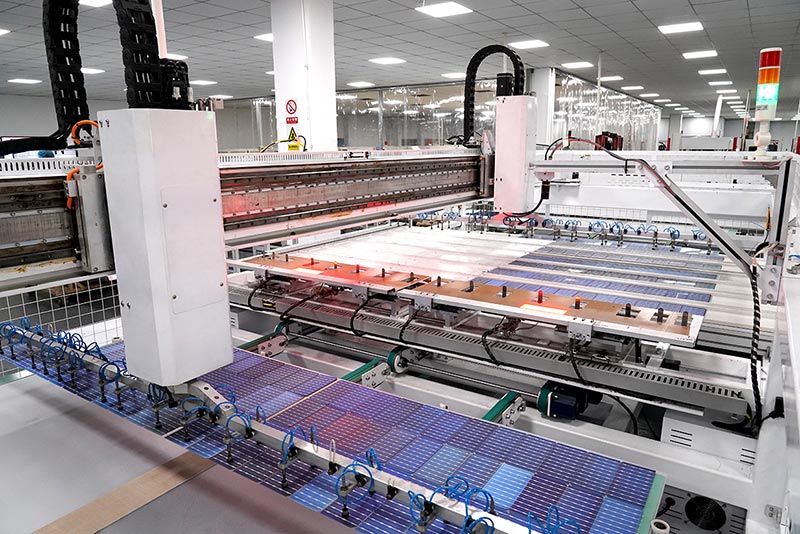In solar panel terminology, “BB” stands for “Busbar.” Busbars are thin strips or wires, usually made of copper or aluminum, that conduct electricity within the solar cell. They play a crucial role in the panel’s overall efficiency and performance.
Role of Busbars in Solar Panels
- Electrical Conduction: Busbars collect and transport the direct current (DC) generated by the solar cells. They help in reducing the resistance and improving the efficiency of electricity flow.
- Reducing Resistive Losses: More busbars mean that the distance electrons have to travel is shorter, which reduces resistive losses and improves overall efficiency.
- Mechanical Support: Busbars also provide some level of mechanical support to the solar cells, helping to maintain their structural integrity.
Evolution of Busbar Technology
- Traditional 3BB and 5BB: Older solar panels typically had 3 or 5 busbars. These designs have higher electrical resistance and shading losses.
- Modern 9BB and 16BB: The move to 9 busbars and beyond (such as 16 busbars) is a recent innovation aimed at further improving efficiency and reliability. By increasing the number of busbars:
- The electrical path is shortened, reducing resistive losses.
- The impact of micro-cracks on the overall performance of the solar cell is minimized, enhancing durability.
- Shading losses are reduced as each busbar casts a smaller shadow on the cell.
Advantages of More Busbars
- Higher Efficiency: More busbars allow for better electricity conduction with less resistance.
- Reduced Shading Losses: Smaller busbars cast smaller shadows, leading to more light being absorbed by the cell.
- Increased Durability: Multiple busbars help in better distributing mechanical stress, making the panel more resistant to micro-cracks and other damages.
In conclusion, busbars are an essential component in the design and function of solar panels, with the trend towards more busbars (like 9BB and 16BB) indicating improvements in efficiency, performance, and durability.


